by Minka Klaudia S. Tiangco of 1JRN2
BUTUAN CITY, sprawled across the Agusan River, is wonderfully blessed with fertile lands, lush virgin forests, amazing eco-tourism sites and a rich culture that dates back to the 4th century.
Located at the northeastern part of Agusan Valley, the name Butuan is believed to have originated from the sour fruit “Batuan” while others believed that the name came from a certain Datu Buntu an, a Tausug chieftain who once ruled Butuan. Datu Buntu an was said to have returned to Tawi Tawi and was Christianized by the Spaniards. Still, there are scholars who believed that Butuan literally means a person with a discerning and sound disposition.
CRADLE OF THE PAST
Butuan is a cradle of the past with more than 1,683 years of recorded history.
It is in Butuan where the First Easter Mass in the Philippines was held.
The Chinese Song Shi (history) show that as early as the 10th century, people from Butuan had already established trading relations with the kingdom of Champa, now known as South Vietnam.
As early as the 11th century, Butuan was already the center of trade and commerce in the Philippines. This is evidenced by the discovery of nine balangays, otherwise known as The Butuan Boat, and other archeological finds along the Ambangan and Libertad areas, near the old El Rio de Butuan and Masao River.
There has been so much debate on where the original site of the First Mass in the Philippines actually was-- whether it was in Limasawa, Leyte or in Masao, Butuan City.
One thing is certain, according to historians. Ferdinand Magellan did drop anchor by the Agusan River in 1521 and celebrated a mass to commemorate the event.
THE TIMBER CITY OF THE SOUTHThe magnificent Agusan River is also significant to Butuan’s being known as the Timber City of the South.
Ecological well-being works wonder in Butuan. When watershed areas dry up, heavy rains send rapid water flow, creating flash floods. Hot, sunny days prompt quick evaporation, leaving the area arid.
Mostly industrial tree species are grown in the forest area and a variety of species grow on the protection forest area.
At the height of the logging industry in the 1950s until the middle of the 70s, Butuan rightfully earned the title “Timber City of the South.” It resulted in the influx of business and fortune seekers from nearby provinces. The once sleepy town transformed into a vibrant locality.
The production and shipping of wood to neighboring cities spurred the economic growth of Butuan,making it one of the most urbanized places in Mindanao.
With the flourishing logging industry, then Congressman Marcos M. Calo filed a bill converting Butuan into a city. Butuan became a chartered city on August 2, 1950 by virtue of Republic Act No. 523 and from being a chartered city, Butuan was reclassified into a highly urbanized city on February 7, 1985.
The early 80s, however, saw the decline of the logging industry in Butuan although it still continues to be an economic haven to many investors.
CULTURE AND ARTS
Butuan City is a treasure trove of culture and the arts.
The National Museum, located at Jose Rosales Avenue, Butuan City, is the repository of historical and cultural materials and artifacts that proves Butuan's prehistoric existence and rich cultural heritage. The museum boasts of two exhibit galleries: The Archaeological Hall shows speciments of stone crafts, metal crafts, woodcrafts, potteries, goldsmith, burial coffins, and other archaeological diggings. The Ethnological Hall, on the other hand, showcases exhibits of contemporary cultural materials the Butuanons use for a living.
Another breathtaking site is the Balangay Shrine Museum, at Barangay Libertad, which is the graveyard of the 1,688-year old Balangay 1 dated 320 A.D. This wooden plank-build and edge-pegged boats measured an average of 15 meters in length and 3 meters wide. Nine balangays have already been discovered in Ambangan, Libertad.
Butuan is also host to a series of colorful festivals that define its culture and its people.
The Balangay Festival is the annual fiesta celebrating its city patron St. Joseph and held for the whole month of May.
The Kahimunan Festival is the city’s homage to city patron, Senor Sto. Nino Kahimunan, which means gathering, is Butuanon’s version of the Sinulog festival of Cebu City.
The Abayan Festival is in celebration of St. Anne, patroness of Agusan River, and is celebrated every last Sunday of July.
The Palagsing Festival pays tribute to Butuan’s local delicacy palagsing popularly made in Banza, one of the oldest poblacions in Butuan. Palagsing is made of lumbiya starch harvested from the palm tree, young coconut meat and brown sugar, wrapped in banana leaves and boiled for half an hour. This yummy fest is celebrated every August 2.
THE BUTUANONS UP CLOSE
There are currently 319,568 Butuanons based on the 2011 report of the Commission on Audit (COA) people. Described as hardworking, Butuanons thrive in their highly- urbanized city, the 5th richest in Mindanao. Majority of Butuanons speak Cebuano, others speak Tagalog and an estimated 1,000 people speak the traditional Butuanon dialect.

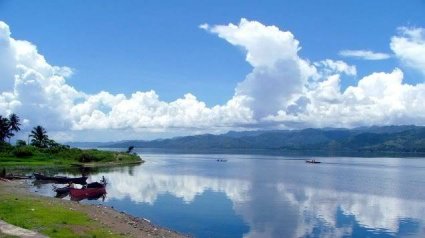
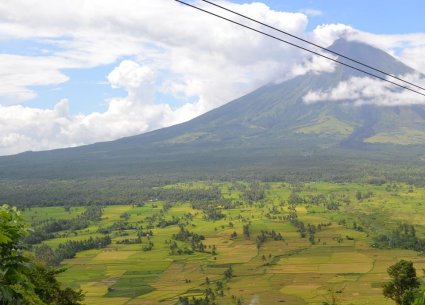
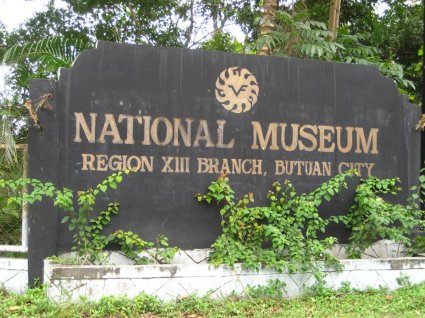

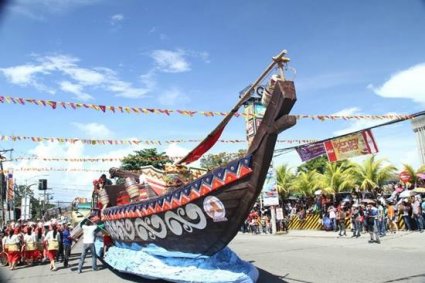

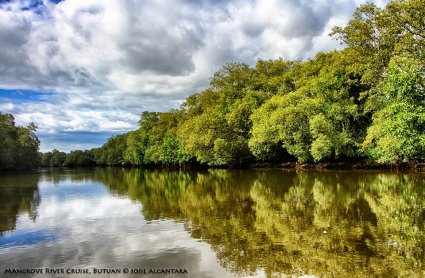
 mengthehuman
mengthehuman